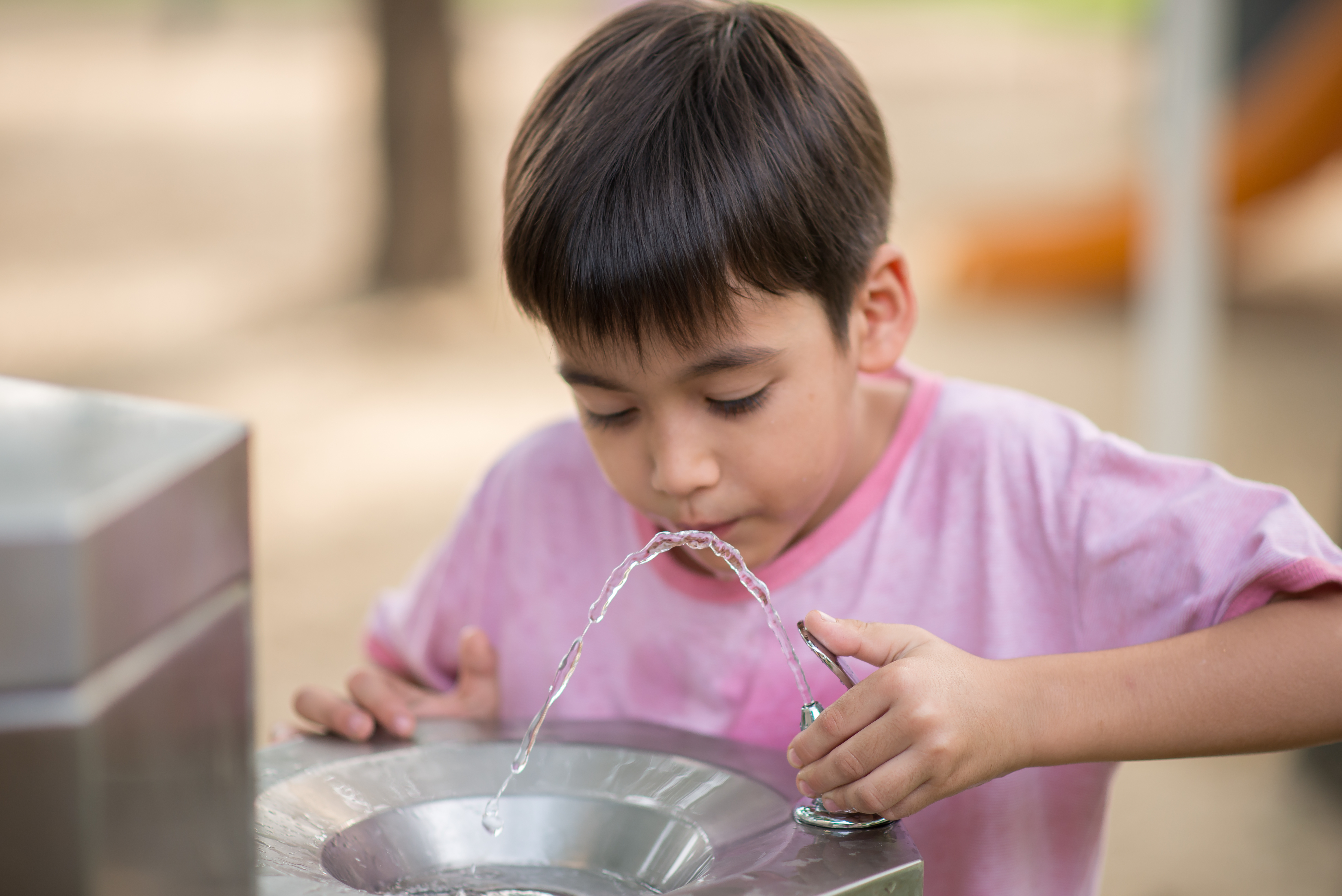A study of school drinking water in the 2018-2019 school year found that more than 100 buildings in 32 Pennsylvania school systems had unsafe levels of lead in it.
The problem is state-wide, is in both urban and rural areas, and the levels vary from 0.03 to 3,750 parts per billion. The highest reading was at Douglas Elementary School, which is part of Mastery Charter Schools, reports the Pennsylvania Captial-Star
The schools’ responses varied depending on the levels of lead in their drinking water that were found. For example, many schools shut off their drinking fountains, brought in bottled drinking water and/or replaced their fixtures and filters after their water was tested. Others posted “non-potable water” or “do not drink” signs over their drinking fountains.
According to the Pennsylvania Education Department, exposure to lead is a significant health concern, especially for young children and infants whose growing bodies tend to absorb more lead than the average adult.
There is no safe blood lead level in children. Lead can cause serious health problems if too much enters the body from drinking water or other sources. It can cause damage to the brain and kidneys and interfere with the production of red blood cells that carry oxygen to all parts of the body. The greatest risk of lead exposure is to infants, young children, and pregnant women. Scientists have linked the effects of lead on the brain with lowered IQ in children.
The EPA recommends the following sites as priority sample sites: drinking fountains, kitchen sinks, classroom sinks, teachers’ lounge sinks, nurse’s office sinks and any other sink known to be used for consumption.
To reduce exposure to lead in drinking water schools should include:
- Develop an aerator (screen) cleaning maintenance schedule and clean debris from all accessible aerators frequently.
- Use cold water for cooking and preparing baby formula. Do not cook with or drink water from the hot water tap; lead dissolves more easily into hot water. Do not use water from the hot water tap to make baby formula.
- Run the water to flush out lead. If water hasn’t been used for several hours, run water for 30 seconds to two minutes or until it becomes cold or reaches a steady temperature before using it for drinking or cooking. This flushes out any stagnant water in the plumbing and replaces it with fresh water.
Interim control measures:
- Flush the piping system in the building by opening taps every morning before the facility opens and letting the water run to remove stagnant water.
- Provide bottled water.
- Shut off or disconnect problem outlets.
Permanent remedies:
- Use interim measures on a permanent basis.
- Remove leaded plumbing materials and replace them with certified lead-free materials.
- Consider options for treatment such as point of use filters. Ensure filters are certified to reduce lead and are properly maintained.
In addition to water, sources of lead exposure include lead-based paint, lead in the air or soil, and lead in consumer products and food.













